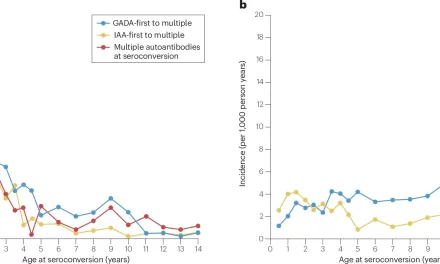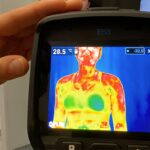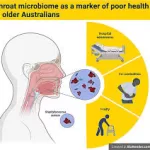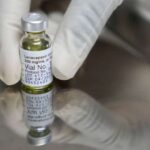A recent study reveals that approximately one in six women experience postpartum depression (PPD) symptoms two months after undergoing a cesarean delivery. The research highlights that certain obstetric factors, such as emergency cesareans and severe postoperative pain, play a significant role in increasing the risk of PPD.
The study, published in the American Journal of Obstetrics & Gynecology by Dr. Alizée Froeliger and colleagues from Bordeaux University Hospital, analyzed data from the TRAAP2 trial. It involved 2,793 women who delivered via cesarean at 34 or more weeks gestation. To assess PPD symptoms, the researchers used the Edinburgh Postnatal Depression Scale (EPDS), a self-administered screening tool, two months post-delivery.
Key Findings
The study found that 16.4% of women screened positive for PPD at the two-month mark using an EPDS cutoff score of 13, while a broader threshold of 11 yielded a 23.1% prevalence rate. Emergency cesarean deliveries prior to labor, cesareans following labor induction, severe pain during the postpartum period, and negative memories of delivery were identified as significant risk factors for PPD. Specifically, emergency cesareans before labor raised PPD risk by 70% compared to elective cesareans (adjusted odds ratio [aOR], 1.70), while cesareans following labor induction raised the risk by 36% (aOR, 1.36). Additionally, women who reported severe postpartum pain were 73% more likely to experience PPD (aOR, 1.73).
Conversely, women who had social support in the operating room saw a 27% reduction in PPD risk, indicating the value of companionship during the delivery process.
Study Limitations
While this research provides crucial insights into the prevalence of PPD after cesarean delivery, it has limitations. The study’s population, drawn from a randomized controlled trial, may not fully represent all women undergoing cesareans, possibly underestimating PPD rates. Moreover, using a self-reported questionnaire like the EPDS may limit the precision of a PPD diagnosis.
Implications for Practice
The authors of the study advocate for targeted PPD screening for women facing these identified obstetric risk factors. “Identifying subgroups of women at risk based on aspects of their obstetric experience could help to screen for women who might benefit from early screening and interventions,” they wrote.
As the demand for cesarean deliveries continues to rise worldwide, this research underscores the importance of proactive mental health assessments for new mothers, especially those undergoing complex or emergency cesareans.
Funding and Disclosures
The TRAAP2 trial received funding from the French Ministry of Health’s Clinical Research Hospital Program. One study author disclosed consultancy and lecturing roles for various pharmaceutical companies, including Ferring Laboratories and GlaxoSmithKline.
For more information, the full study can be accessed online in the American Journal of Obstetrics & Gynecology, published on October 29, 2024.










